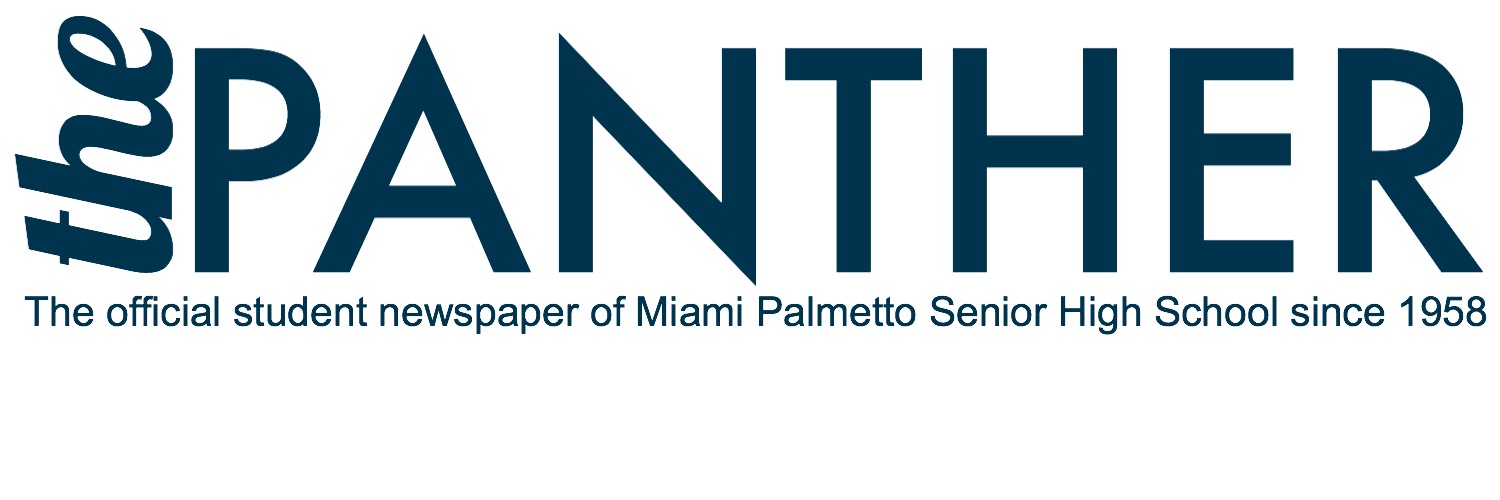The Americanization of Saint Patrick’s Day
March 17, 2016
The story of Saint Patrick, the man who brought Christianity to Ireland, is retold every Mar. 17 to children in elementary school and through celebrations across the nation in the form of parades and parties. Saint Patrick’s Day holds such a powerful sway over America that the consumption of Guinness – an Irish beer – rises from 5.5 million pints a day to 13 million every Mar. 17.
America has a melting pot of different cultures and Irish heritage is no different. A little over 11 percent of Americans claim some sort of Irish ancestry, making it the second largest nationality in the U.S. behind German. Saint Patrick has gained recognition of the patron saint of Ireland so it comes as no surprise that Americans view it as a significant holiday.
Saint Patrick’s Day found its place in the Irish calendar over 1000 years ago. The day falls during the Catholic observance of Lent. The prohibition of eating meat is waived on Saint Patrick’s Day so that the Irish could feast and partake in merrymaking during the afternoon following Mass in the morning.
The prevalence of Irish tradition in America predates the United States as a nation. The first Saint Patrick’s Day parade happened in America. The English army, back in 1762, marched through New York. It comes as no surprise how large the holiday has become in America since then.
The Irish potato famine brought an influx of Irish immigrants in the mid 19th century who brought with them their traditions. Earlier Irish immigrants had Protestant roots, but the following wave of immigrants held ties to the Catholic Church. The Protestants – even back in Ireland – did not celebrate Saint Patrick’s Day as fervently as their Catholic counterparts, in part due to the smaller role of saints in their theology.
Census data compiled by the Pew Research Center shows that Irish immigration grew exponentially in the original thirteen colonies between 1850 and 1880 more than any other nationality. The parades that found prominence in both New York and Boston then becomes more understandable in the context of such large waves of immigrants in that 30 year timespan.
The Irish found prejudice wherever they went in the face of an overwhelmingly Protestant population that did not like the new group. Saint Patrick’s Day took on an important symbol for Irish unity in the face of anti-Irish sentiments, like signs declaring “Irish need not apply,” concerning job positions for even the most menial of tasks.
Saint Patrick’s Day, as time went on, became a sign of not only unity but that the Irish were not the brutish delinquents that Americans depicted them as. Anglo-Americans depicted the Irish as complete failures whose antics would lead them an early death. The orderly Saint Patrick’s Day celebrations eventually showed their critics that they could organize events that showed the Irish were respectable people.
Over time, the holiday has changed into a celebration filled with the drinking that the early Irish were accused of partaking in. The large parades in New York and Boston still show the Irish roots of the Catholic holiday. Its eventual secularization is the result of a growingly secular society in America.
Its evolution from a feast in the middle of Lent into a national celebration of Irish traditions is due to this transformation that has evolved over the last 1000 years. It reflects the prejudice against the Irish but also the resilience of the people who fled their homeland and brought with them a celebration that everyone can enjoy.
